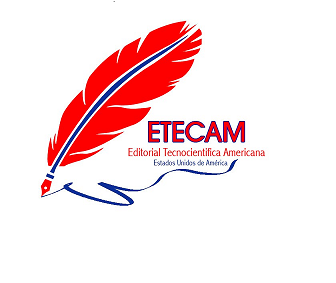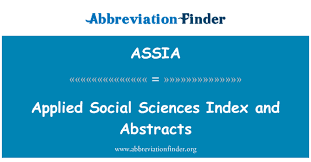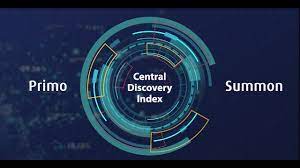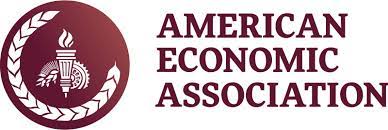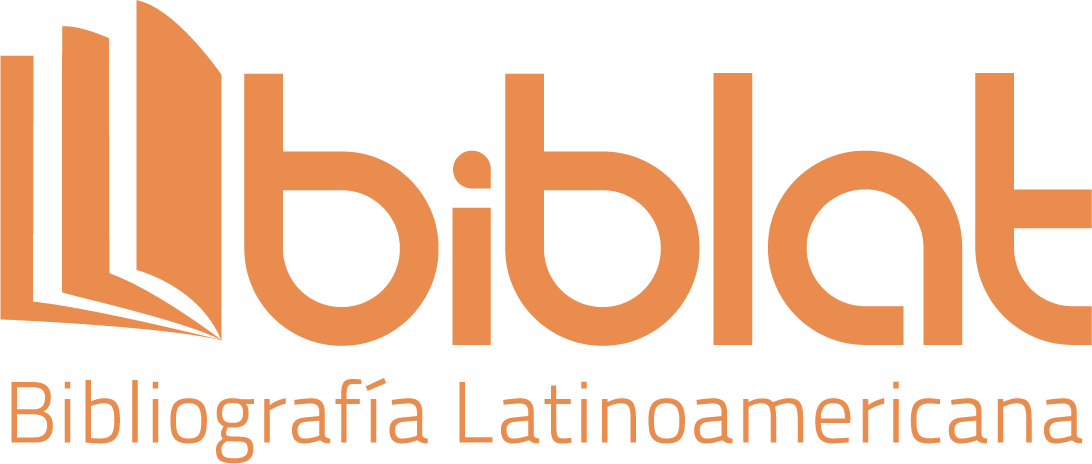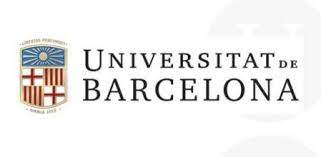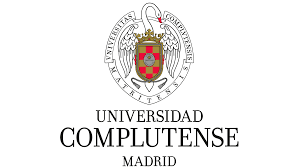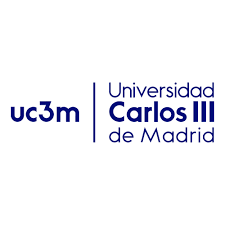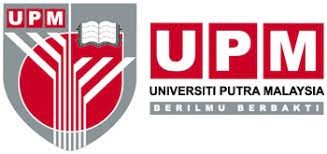ICTs in the teaching-learning process of physics in high school
DOI:
https://doi.org/10.51736/sa.v7iEspecial%203.284Keywords:
ICTs, physics teaching, high school, conceptual understanding, student motivation, digital skills, academic performance.Abstract
ICTs play a crucial role in the teaching and learning of physics in high school. Its use improves understanding, makes learning more interactive and relevant, and develops fundamental digital skills. On the other hand, not integrating these technologies can have a significant negative impact on students' motivation, understanding, and digital skills. The objective of this research is to compare the academic performance of students who use ICTs with those who follow traditional methods. A mixed research was carried out, combining qualitative and quantitative methods. The sample included high school students from various educational institutions. Surveys, interviews, and academic tests were used to collect data. In addition, ICT tools such as simulations, virtual laboratories and online learning platforms were implemented during an academic semester. The results indicated that students who used ICTs demonstrated a better understanding of physical concepts. Simulations and virtual laboratories were especially effective in visualizing abstract phenomena. Likewise, a significant increase was observed in the motivation and commitment of the students, who found the learning more interactive and relevant. In terms of digital skills, students developed key competencies in the use of educational software, data analysis and digital presentation of information. Comparatively, students who used ICTs obtained better grades in academic tests than those who followed traditional teaching methods.
Downloads
References
Calzadilla, M. E. (2002). Aprendizaje colaborativo y tecnologías de la información y la comunicación. Revista Iberoamericana de educación, 29(1), 1-10. https://rieoei.org/RIE/article/download/2868/3812
Duarte, J. E., Vega, J. A. N., & Morales, F. H. F. (2022). Simulando y resolviendo, la teoría voy comprendiendo: una estrategia didáctica para la enseñanza-aprendizaje de la física. Revista Boletín Redipe, 11(1), 158-173. https://revista.redipe.org/index.php/1/article/download/1634/1544
Hurtado, T. A. S., Garcés, M. F. L., León, M. B. A., & Escobar, M. C. E. (2023). Metodologías activas para la enseñanza aprendizaje de física en el bachillerato. Ciencia Latina Revista Científica Multidisciplinar, 7(1), 9446-9477. https://www.ciencialatina.org/index.php/cienciala/article/download/5069/7684
Leng, D., Li, J., Xu, R., Liu, L., Liu, X., Fan, D., Wang, H., Wei, Q., & Ju, H. (2020). THCH as electron donor in controlled-release system for procalcitonin analysis based on Bi2Sn2O7 photoanode. Sensors and Actuators B: Chemical, 321, 128509. https://www.sciencedirect.com/science/article/pii/S0925400520308558
Lino-Calle, V. A., Barberán-Delgado, J. A., López-Fernández, R., & Gómez-Rodríguez, V. G. (2023). Analítica del aprendizaje sustentada en el Phet Simulations como medio de enseñanza en la asignatura de Física. MQRInvestigar, 7(3), 2297-2322. https://www.investigarmqr.com/ojs/index.php/mqr/article/download/568/2276
Lorduy, D. J., & Naranjo, C. P. (2020). Tecnologías de la información y la comunicación aplicadas a la educación en ciencias. Praxis & Saber, 11(27). http://www.scielo.org.co/scielo.php?pid=S2216-01592020000300203&script=sci_arttext
Pérez, H., & Solbes, J. (2006). Una propuesta sobre enseñanza de la relatividad en el bachillerato como motivación para el aprendizaje de la física. Enseñanza de las Ciencias. Revista de investigación y experiencias didácticas, 24(2), 269-283. https://ensciencias.uab.cat/article/download/v24-n2-perez-solbes/1712
Riantoni, C., Astalini, A., & Darmaji, D. (2019). Studi penggunaan PhET Interactive Simulations dalam pembelajaran fisika. Jurnal Riset dan Kajian Pendidikan Fisika, 6(2), 71-75. http://download.garuda.kemdikbud.go.id/article.php?article=1159267&val=5564&title=Studi%20penggunaan%20PhET%20Interactive%20Simulations%20dalam%20pembelajaran%20fisika
Stolic, S. (2014). Educational strategies aimed at improving student nurse's medication calculation skills: A review of the research literature. Nurse education in practice, 14(5), 491-503. https://www.sciencedirect.com/science/article/pii/S1471595314000596
van Harmelen, F., Kampis, G., Börner, K., Van den Besselaar, P., Schultes, E., Goble, C., Groth, P., Mons, B., Anderson, S., & Decker, S. (2012). Theoretical and technological building blocks for an innovation accelerator. The European Physical Journal Special Topics, 214, 183-214. https://link.springer.com/content/pdf/10.1140/epjst/e2012-01692-1.pdf
Yuliati, L., Riantoni, C., & Mufti, N. (2018). Problem Solving Skills on Direct Current Electricity through Inquiry-Based Learning with PhET Simulations. International Journal of Instruction, 11(4), 123-138. https://files.eric.ed.gov/fulltext/EJ1191674.pdf
Published
How to Cite
Issue
Section
License
Copyright (c) 2024 Jean Carlos Erazo Hernández, Francisco Javier Inagán Carvajal, Harold Anderson Jácome Lucero, Danny Israel Suárez Puente

This work is licensed under a Creative Commons Attribution-NonCommercial-ShareAlike 3.0 Unported License.













